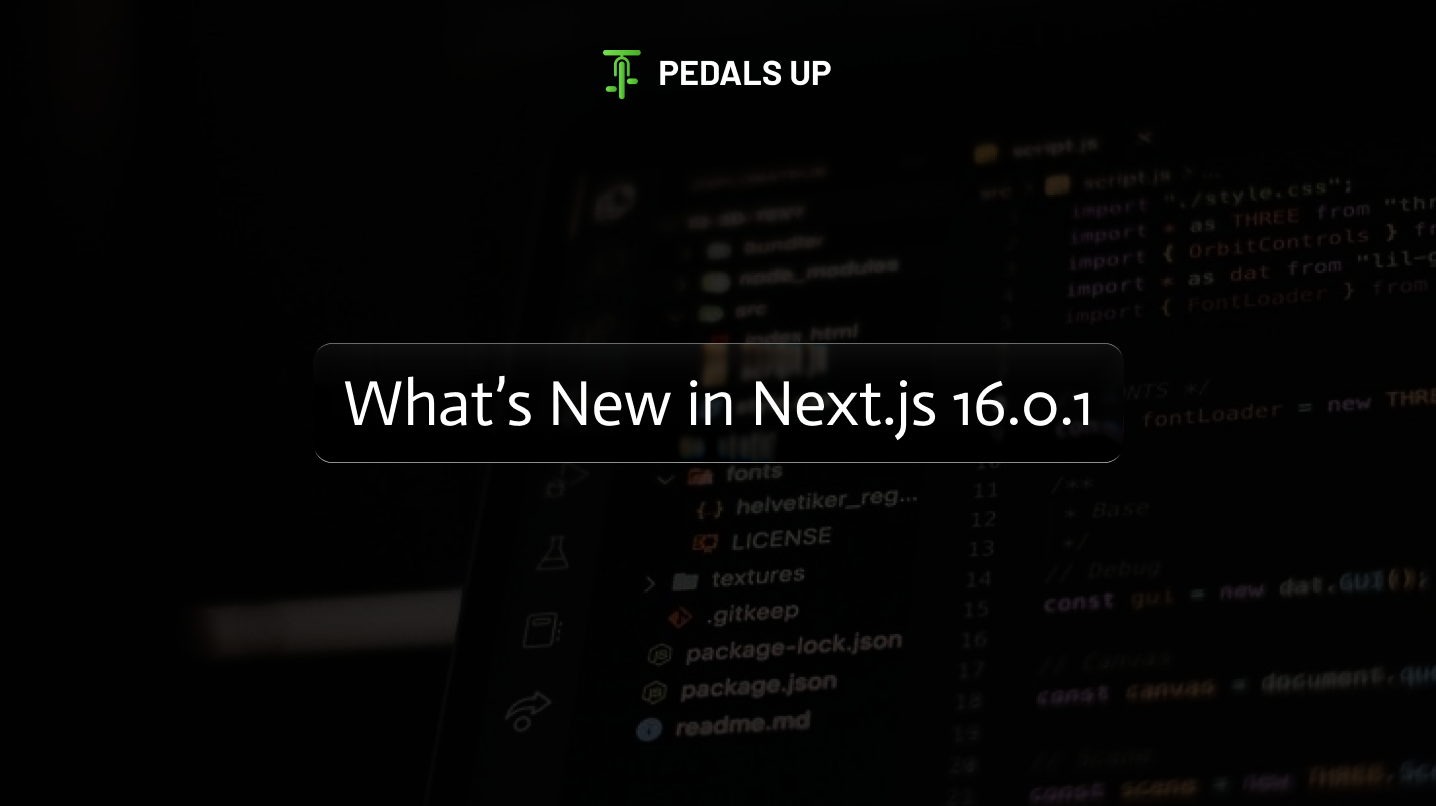Introduction
The digital space, which is about to experience a shift, will become a decentralized, secure environment where anyone can get access to a vast scope of services and applications just because the Web 3.0 model is introduced. AI is the driving force behind this transition, however, it is blockchain technology at the heart of the whole matter and it has the potential to radically change the way we communicate, exchange products and services, and conduct our businesses online. This article looks at the idea of the Web 3.0 and argues about the impetus of the technology development in the area of the blockchain.
In the rapidly advancing field of technology, each iteration builds upon the previous one. It exceeds the realm of the possible. The next stage in blockchain development appears to be Web 3.0. This development reveals that the next stage in evolution of the blockchain may be Web 3.0. The popular narrative is that we are in the middle of a digital revolution. It states that revoking it for different people will change the way you have online communication with people.

What is web 3.0?
Web 3.0, which is called the decentralized internet as well, is the fourth stage of Internet development. While all these are more different from predecessors, which Web 1.0 and Web 2.0 emphasized user-generated content and static content, respectively, Web 3.0 stands out in terms of the peer-to-peer networks, more decentralized designs, and immutable data.
It represents a drastic change compared to the Internet composition now. Unlike its predecessors which arose because of a certain approach to the web, Web 3.0 takes advantage of the blockchain technology to create a more open, solely-oriented environment. In the modern times when the online world is a big platform, traditional 2 way communications work as the body of the intermediary. It is a data management and also it earns money off user data.
On the other hand, Web 3.0 provides a very good way of dealing with the decentralized characteristics of blockchain as a technology. It fosters virtual areas where people are easier to interact with and have a stronger grasp of democratic affairs.
Web 3.0, on the flip side, uses blockchain’s decentralized architecture to help you get rid of the need for central authorities. It fosters a more democratic and user-friendly online environment.
Important Web 3.0 Features that you must know about
- Decentralization-The idea behind Web 3.0 is to do away with the necessity for central authorities and middlemen by implementing decentralization. In addition to improving security, this distributed paradigm encourages user trust and openness.
- Interoperability-Web 3.0 encourages interoperability, which makes it possible for various systems and protocols to interact seamlessly with one another. Because of its interoperable design, which makes it easier to integrate diverse systems, the digital ecosystem as a whole is encouraged to innovate and collaborate.
- Data Ownership-Web 3.0 users are in control of their data because of identity and authentication protocols based on blockchain technology. This protects privacy and sovereignty while giving people the freedom to decide how to use and commercialize their data.
- Smart Contracts-Web 3.0 is based on smart contracts, which are self-executing contracts stored on the blockchain. These programmable contracts guarantee trustless transactions, automate procedures, and do away with the need for middlemen. All the provisions of the agreements are immediately encoded into code for the self-executing contracts. In addition to streamlining the process, this guarantees transparency and upholds confidence. Decentralized applications that go beyond intelligent contracts are made possible by Web 3.0. This enhances security and efficiency even more, building a digital ecosystem that is resilient to centralized points of failure and user-centric.
- Improved Security and Privacy-The improved security that Web 3.0 delivers is one of its main benefits. Data breaches are less likely because of decentralization and encryption technology. You may converse and transact with assurance. You do this because you are aware of the security of your data. Reiterating the importance of privacy is in line with the increasing demand in the digital world for data protection.
- Tokenization and Digital Assets-This has the potential to completely change a variety of businesses. It encompasses real estate, art, and finance. Fractional ownership is made possible by tokenization. It also increases market liquidity and transparency while opening up access to high-value assets to a wider audience. It also creates the groundwork for creative business concepts.
Because the Internet now functions in silos, it frequently makes it more difficult for information to flow freely. Web 3.0’s decentralized architecture makes interoperability across various platforms easier. This connectivity fosters a productive digital ecology. This translates to improved usability across a range of services and apps.
Challenges on the Horizon
Undoubtedly, Web 3.0 holds a lot of promise but has challenges. The transition from centralized to decentralized systems requires overcoming technical hurdles. It is all about ensuring scalability and addressing regulatory concerns. The educational effort is all about explaining the technical parts. At the same time, it also explains the technical aspects and conveys the potential for a more user-centric future.
Blockchain Development in Web 3.0
Web 3.0 is built on blockchain technology, which provides the framework for digital assets and decentralized apps (dApps). Therefore, blockchain development is essential to determining how the decentralized web will develop in the future.
- Solutions for Scalability: Scalability is one of the main issues that blockchain developers must deal with. In order to fully utilize Web 3.0, it is essential to improve the efficiency and throughput of blockchain networks. To solve this problem, sharding, layer 2 protocols, and side chains are examples of scalable solutions that are being investigated.
- Interoperability Standards: Interoperability standards are crucial for smooth data transmission and communication in the dispersed world of blockchain networks. Cross-chain interoperability and collaboration are made possible by projects like Polkadot, Cosmos, and Aion, which are developing interoperability standards.
- Privacy and Security: Because Web 3.0 is a decentralized ecosystem, privacy and security are critical. To improve privacy and security in decentralized apps, blockchain developers are utilizing methods like homomorphic encryption, multi-party computation, and zero-knowledge proofs.
- Decentralized Finance (DeFi): Among Web 3.0’s most well-known applications of blockchain technology is Decentralized Finance (DeFi). DeFi platforms use smart contracts to enable peer-to-peer asset management, trading, borrowing, and lending without the need for middlemen. Blockchain development is becoming more innovative because of the growing DeFi ecosystem, where initiatives are investigating decentralized governance structures and novel financial primitives.
- Non-Fungible Tokens (NFTs): NFTs are a fascinating use of blockchain technology in Web 3.0 applications. Through the use of NFTs, which stand for unique digital assets like artwork, collectibles, and virtual real estate, ownership and provenance may be verified on the blockchain. Blockchain developers are investigating new applications of NFTs in digital rights management, gaming, art, and entertainment.
Prospects for the Future
With blockchain technology at its heart spurring innovation and disruption across industries, Web 3.0 has a bright future ahead of it. We anticipate developments in scalability, interoperability, privacy, and security as blockchain technology progresses, opening the door for a fully decentralized and inclusive digital environment.
Pedals Up – Leading Innovator in Blockchain Solution Provider
Pedals Up is committed to creating user-friendly solutions that harness the power of Web 3.0. It is especially designed to empower you in the decentralized era. Whether you are a newcomer exploring the possibilities or an industry veteran navigating the challenges, Pedals Up provides you with the support and that is that you need to thrive in the evolving landscape.
In short, web 3.0 presents a significant moment in evaluating the Internet. The better security and innovative features it brings have the potential to reshape how you engage with the digital world. As you embrace the next frontier in blockchain development, Pioneers Pedals Up plays a very important role in bridging the gap between the promise of Web 3.0 and its real-world application.




